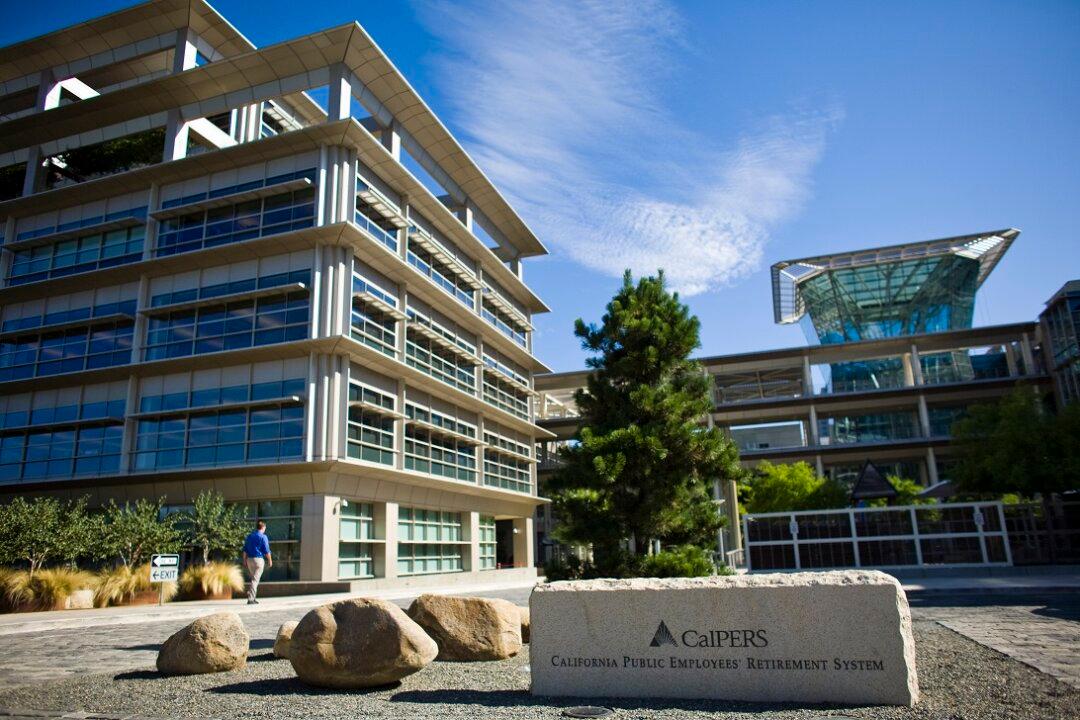Commentary
A recent Pew Charitable Trusts study found that the rising stock market has improved the fortunes of state pension funds, including that of California, but cautions that “uncertainty remains.”

A recent Pew Charitable Trusts study found that the rising stock market has improved the fortunes of state pension funds, including that of California, but cautions that “uncertainty remains.”